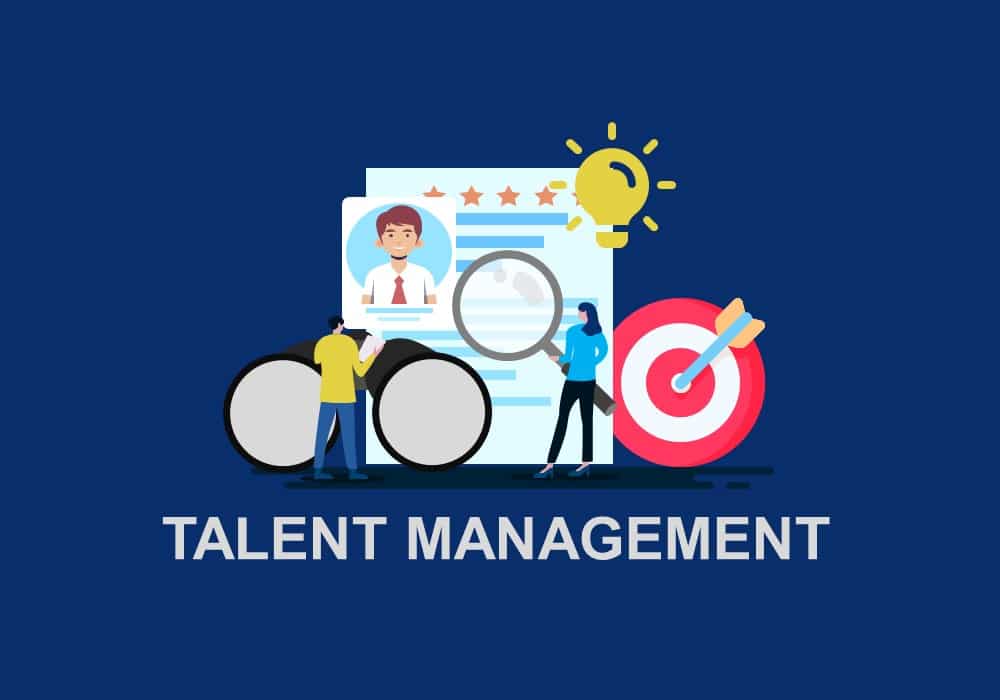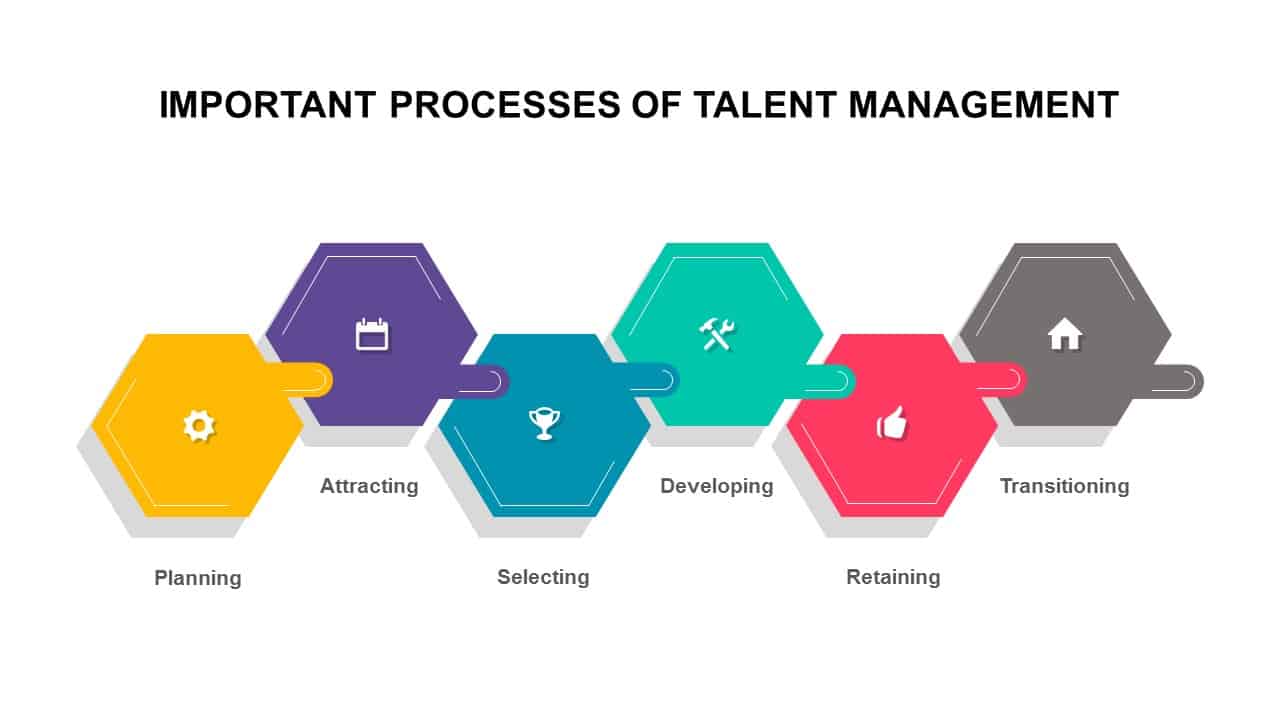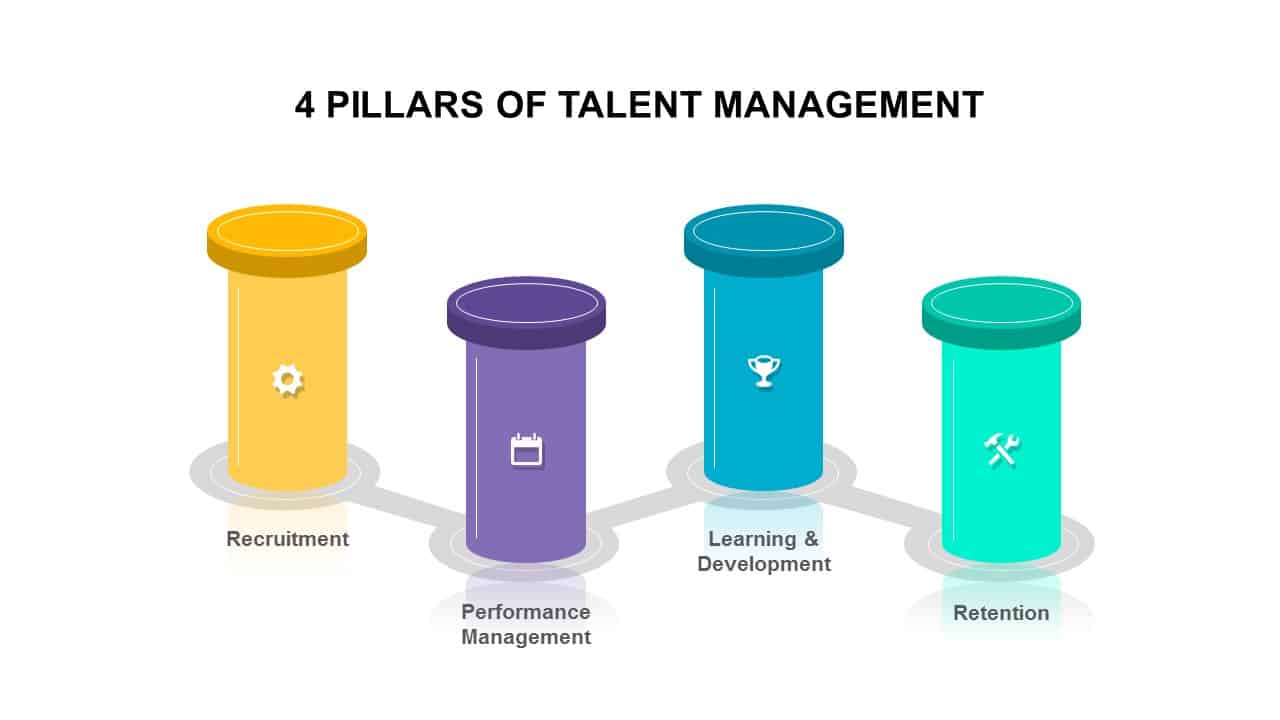Talent Management Guide for HR Professionals

Organization’s development and growth depend on its workforce. HR professionals need to compile appropriate personnel with the ability to adapt to the context and domain of the business model. Talent management is the systematic process of identifying the vacant position, recruiting the suitable person, nurturing the skills and expertise of the person to compatible the position and retaining him to attain long-term business goals or objectives.
Talent management does not only refer a person who has potential skills to do the task within a time frame, or produce high-quality deliverables, but also refers the ability to work with colleagues as an adapted person with work environments and have the ability to inspire the colleagues with his talents and skills. When hiring a person, HR managers should be looking forward to the amount of adaptability of the new candidate with the work environment.
importance of talent management

1. Planning: planning is the primary step in the process of talent management. it involves three components:
• Identifying the human resource requirement
• Developing job description and key roles
• Proposing an employee plan for recruitment
2. Attracting: The current job market swings heavily in favour of candidates. To get suitable candidates you have to publish your vacancies through a medium. Deciding whether the source of staffing should be internal or external and looking for suitable individuals to fill in the vacant positions through:
• Job portals such as indeed.com, glassdoor.com, etc.
• Social network such as LinkedIn and Twitter.
• Referrals.
3. Selecting: you can outline the selecting process matching with your organization or business. it involves the following steps:
• Scheduling written test and interviews, and set a time for machine tests if needed.
• Scrutinizing the most talented candidate for the profile.
4. Developing: In this stage, the employee is prepared according to and for the organization and the profile. Following are the steps involved in the process:
• Carrying out an onboarding programme or an orientation programme.
• Enhancing the skills, aptitude and proficiency of the personnel to match the profile.
• Counseling, guiding, coaching, educating, mentoring employees and job rotation.
5. Retaining: Employee retention is vital for any organizational existence and survival. Following are the ways of employee retention:
• Promotions and increments.
• Providing opportunities for growth by handing over special projects.
• Participative decision making.
• Teaching new job skills.
• Identifying the individual’s contribution and efforts.
6. Transitioning: Talent management purposes at the overall transformation of the employees to achieve the organizational vision. It can be done through:
• Retirement benefits to employees.
• Conducting Exit interviews.
• Succession Planning or Internal Promotions.
Talent management remains to be one of the topmost focuses on HR departments all over the world. Why? Many studies show companies offering growth and development openings translates to high success in recruitment and retention. Talent management itself is a commitment from an organization to recruit, hire, hold, and develop employees.
Four pillars of talent management

1. Recruitment: in order for a talent management plan to exist, there must first be talent. Recruitment is Step 1 informing the strategy. Here, companies and organizations work to attract talented people who can be transformed into employees.
2. Performance Management: Once hired, talent is likely to perform at a high standard. This process comprises the way in which HR measures and enhances performance. Common measures include performance reviews, one-on-one meetings, and reward and recognition programs.
3. Learning and Development: This pillar takes account of everything from ongoing training to learning during the employee lifecycle. It lets for workers to fine-tune and further develop the crucial skills needed to meet their performance goals and to help the company complete its tactical goals.
4. Retention: As demarcated, retention is about keeping high performing talent with the company or organization as long as possible. This leads to increased productivity and successful achievement of strategic goals.
Talent management initiative
The success of the organization depends on the initiatives that have taken by the managers to retain an employee at any cost if he/she has proven their qualities in the tasks. Some of the ways in which a manager can motivate and retain employees are as follows:
• Recognition: Recognizing employees’ involvement and their work on individual grounds, upsurge self-confidence in them.
• Prize and Reward: Increasing pay and recompense of the employees as a reward for their better performance.
• Providing Openings: Try to give more opportunities to the employee and thereby boost their confidence and teach the importance of being a part of the organization.
• Role Design: The role of employees in the organization must be designed to keep them engaged and committed, it must be flexible enough to teach and adapt to the employee’s talent and knowledge.
• Job Cycle: Employees lack enthusiasm if they do the same kind of work every day. Thus, job rotation or temporary shifting of employees from one job to another within the organization is vital to keep them engaged and interested.
• Training and Development: On the job training, e-learning programs, work-related tutorials, educational courses, internship, etc. are important to improve the competencies, skills and knowledge of the employees.
• Succession Planning: Internal promotions aids identify and develop an individual who can be the successor to senior positions in the organization.
• Flexibility: Offering a flexible work environment to the employees makes them more adjustable to the organization and brings out their creativity.
• Relationship Management: Maintaining a positive workplace where employees are free to express their thoughts, take part in the decision-making process, encourage employees to achieve goals and are rewarded for better performance leads to employee retention.
• Intrinsic motivation: Nothing can be effective if the employee is not self-determined and driven to work.
Advantages of talent management:
♦ Organization’s vision and mission can be achieved
♦ The organization can retain the finest talent without brain drain
♦ Strengthens the human capital structure
♦ Succeed over competitors
♦ With the most talented staff’s, companies build up their reputation.
♦ Better decision making
♦ Effective performance
What are the benefits employees will get when an organization is going with talent management plan?
• Job satisfaction
• We-feeling has created
• Employee motivation
• Improve personal skills with professionalism
• Improve confidence
• Self-esteem
Talent management is the road to organizational success. Make better decisions and problem-solving skills by hiring the right candidates and instruct those procedures that a company deliberately needed.


